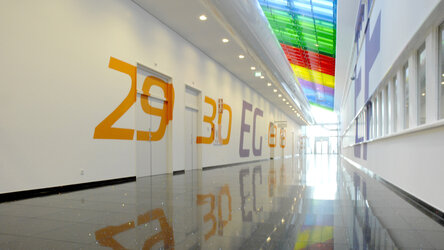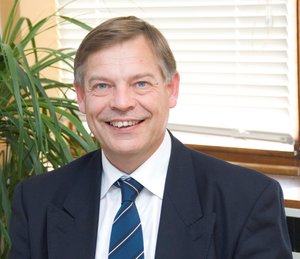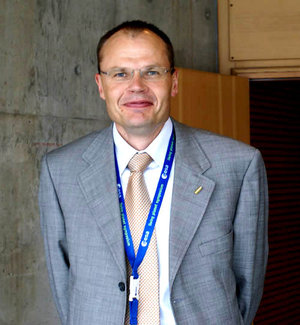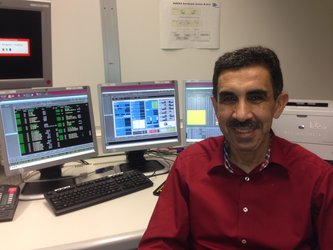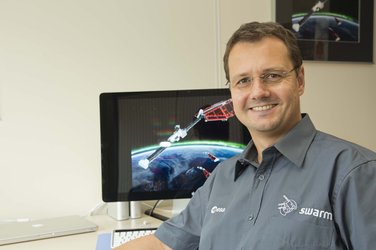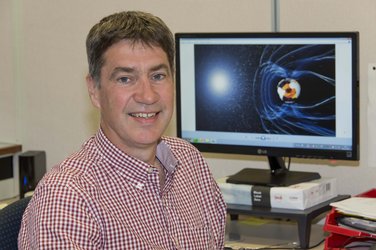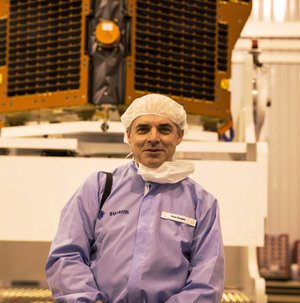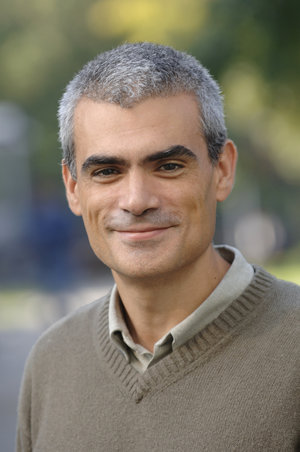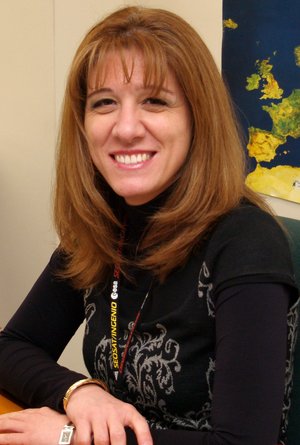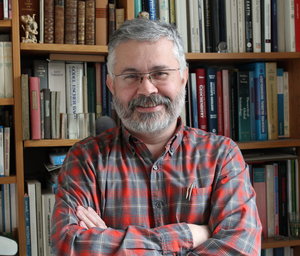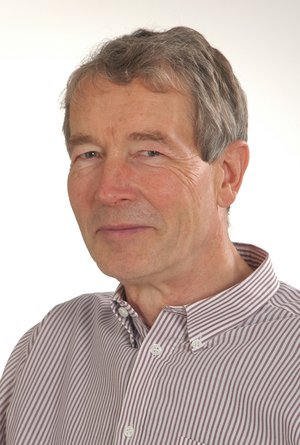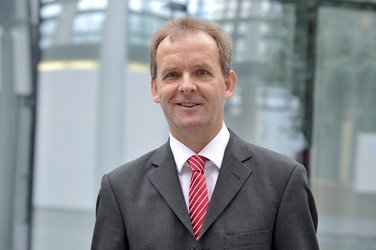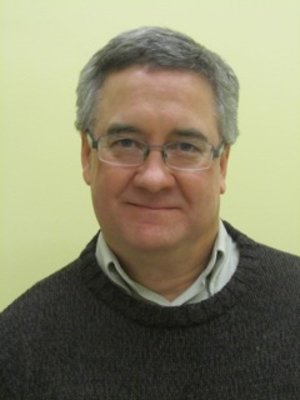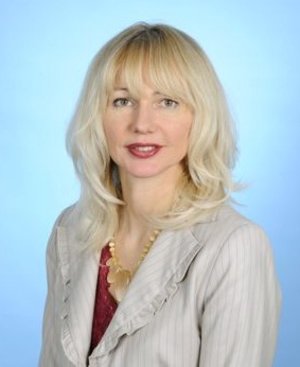Yvon Menard: Project Manager
Yvon Menard has been responsible for managing ESA’s Swarm project since 2004 when the mission was selected to be built as an Earth Explorer. In an interview, Yvon talks about his role as Project Manager along with some of the challenges and rewards he has experienced in taking the mission from the drawing board to the launch pad.

Yvon Menard, a French national, joined ESA’s European Space Research and Technology Centre, ESTEC, in the Netherlands in 1987. Yvon’s first post focused on the development of new radar and radiometer technology for a number of future missions, which at the time included Envisat, MetOp and Huygens. He then joined the MetOp project where he was in charge of developing a number of the satellite’s instruments such as the advanced scatterometer, ASCAT, and the GNSS receiver for atmospheric sounding, GRAS, after which he was appointed as Project Manager for the Swarm mission.
Prior to joining ESA, Yvon worked in industry for 13 years developing radar for aircraft and satellites. In particular, he worked on the active microwave instrument for ERS-1 and the radar altimeter for the joint NASA–CNES Topex Poseidon mission.
Yvon graduated from the Ecole Nationnale Superieure of Telecommunication de Bretagne (ENST) in France.
ESA: What does being the Swarm Project Manager involve?
Yvon Menard
It is my responsibility to deliver the mission on specification, on schedule and within budget. We conduct tests to ensure that the instruments and satellites meet all the requirements in terms of performance, while making sure that the mission will deliver the quality of data needed by the scientific community. Building a satellite mission is a complicated and demanding task so we sometimes have to face issues that result in delays. Unfortunately, Swarm has been held up somewhat – but mainly due to things beyond our control, such as delays in the delivery of instruments and the availability of a launcher.
It is also the duty of the ESA team to help the scientific community develop tools and processing algorithms. For example, with the help of the satellite prime contractor, Astrium GmbH, we set up a calibration facility at the Calar Alto observatory in Spain. Here, we were able to calibrate the vector magnetometer and the startrackers mounted on the optical bench. Several scientific studies were also initiated, paving the way for the scientific algorithms to be developed along with methods to validate the instruments once they are in orbit.
ESA: How big is the Swarm team?
Yvon Menard
Our internal ESA team reached 30 people at its peak, including the operations team and data processing team. More than 50 companies worked on Swarm, either on the satellite and instruments or on the operations and data handling side, and 23 institutes will support ESA during the validation phase after launch. However, that’s not the end of the story as around 64 teams have already proposed using Swarm data in scientific projects. Since the opportunity to propose new studies is an ongoing process, we expect this number to rise significantly once Swarm data are available.
ESA: What have been the biggest challenges in developing the constellation?
Yvon Menard
It’s no surprise that building three identical satellites that carry a range of instruments supplied by a number of different industrial and scientific partners has given rise to some challenges. For instance, finding a partner to develop a novel sensor that could fulfil the requirements for the electric field instrument was a particular challenge.
Also, early on in the development phase we had to work out how three satellites could be launched on a single rocket – we had three potential launchers at the time. The different teams from the launch providers, the prime contractor and ESA all worked very hard to develop a launch scenario and satellite design that would work, given the constraints of the size of fairings, satellite mass, instrument package, and rocket propulsion capabilities.
Another challenge was the development of the optical bench which has to be extremely stable as it holds the vector field magnetometer and startrackers. The assembly is positioned halfway along the satellite’s long boom. The final design of the bench and carefully selected material made it possible to keep the instruments aligned very precisely.
Later on, the assembly, integration and testing of the three satellites and instruments was a challenging phase. The industrial team and ESA team had to be very flexibly, adapting continuously to unforeseen events, including re-working parts of the launcher adapter so that the satellites would fit.
However, nobody ever said managing a mission project such as this was easy – but now with the satellites being prepared to launch I am proud of the efforts everyone has made to bring us this far.
ESA: What aspect of the mission has been the most satisfying?
Yvon Menard
Well it is possibly a bit too early to be completely satisfied. The satellites still have to be launched and only the results from the commissioning phase that follows the launch will tell us if mission will meet all of its objectives. There is still some work to be done to get to that point.
However, I am very satisfied to see that the satellites are healthy after the long period when they were in storage, and that they are now ready to be launched. I am also very happy with the teamwork everyone has shown, especially when we were tackling some difficult technical challenges.
The whole team has remained as dedicated and as motivated as they were on the first day of the development, and we are now focused on completing the launch and commissioning phase activities.
Editor's note:
This is one in a series of interviews with a few of the key people that are involved in the Swam mission. Please check back as the list will be added to over the coming weeks.




